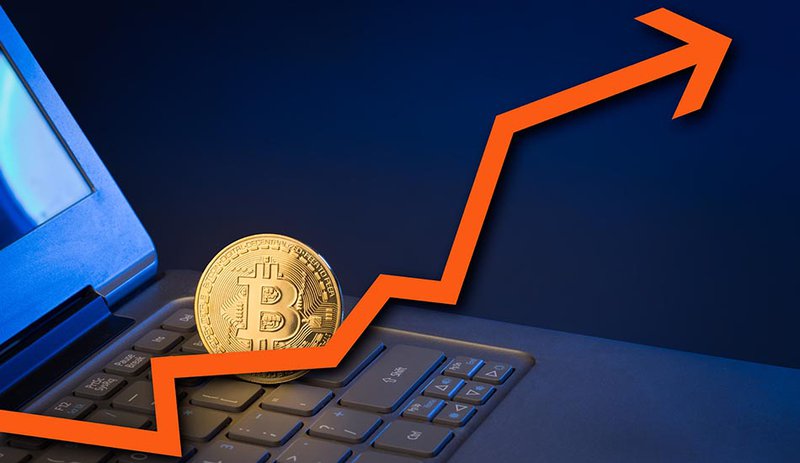2018-10-13 00:05 |
Is Tokenizing Assets Always the Best Way to Go?
With the growth of the cryptocurrency market, many analysts are of the belief that tokenized assets are the future of blockchain. Most of them even believe that the days of ICOs will be gone, and the market will be replaced by tokenized real-world assets. The idea is that such kind of a system will be efficient, clear disputes over rights of ownership, and less expensive.
But is this true? Is tokenizing assets always the best way to go? Let’s dig deeper!
What’s Tokenization?To better understand this matter, let’s first explore what tokenization is all about. MME, a law, tax and compliance group, defines tokenization as ‘the process of digitally storing the property rights to a thing of value (asset) on a blockchain or distributed ledger so that ownership can be transferred via the blockchain’s protocol.’
According to Prysm Group’s partner and founding economist, Dr. Stephanie Hurder, tokens have two main requirements: the first one is the ‘the rights to a thing of value (an asset) are stored digitally on a blockchain or a distributed ledger,’ and the second one is ‘the rights can be transferred via the blockchain or ledger’s protocol.’
In simple terms, paper contracts representing ownership of properties such as gold, cars, houses and stocks are made digital tokens and recorded securely in a distributed ledger. They can only be transferred using that particular ledger’s protocol.
Fungible vs Non-Fungible TokensTokens on most of blockchain networks can be created as either fungible or non-fungible. The fungible kind are always interchangeable, same way as dollar bills can be interchanged, with each having similar amount of value. Non-fungible tokens, on the other hand, are designed to be distinguishable from each other when it comes to the asset values. On a distributed ledger network, each of these tokens is unique.
Until 2017, it wasn’t possible to create non-fungible tokens, but the emergence of ERC 721 token standard made it possible, opening up the world of digital collectibles. One of the most popular use cases is the CryptoKitties, which use digital tokens to represent cartoon cats that can be traded.
Tokenizing Assets: Best Way?Looking at the use cases of tokenizing assets, it’s safe to say that tokenization can be beneficial in some places. Blockchain-based records are usually very secure compared to centralized databases/physical vaults. It allows for easy collection and sharing of assets.
However, there are some cases where tokenizing assets may not be a great choice. Dr. Hurder talked about occasions where tokenization of assets may not be the best option, noting that ‘when the blockchain platform can’t fully capture the change of ownership of assets.’ Explaining more about this, Dr. Hurder further wrote that:
“There are many cases where I can trade digital rights to an asset, but have no guarantee that I receive the corresponding physical asset without expending a great deal of effort or money to verify its authenticity.”
origin »High Performance Blockchain (HPB) на Currencies.ru
|
|


















